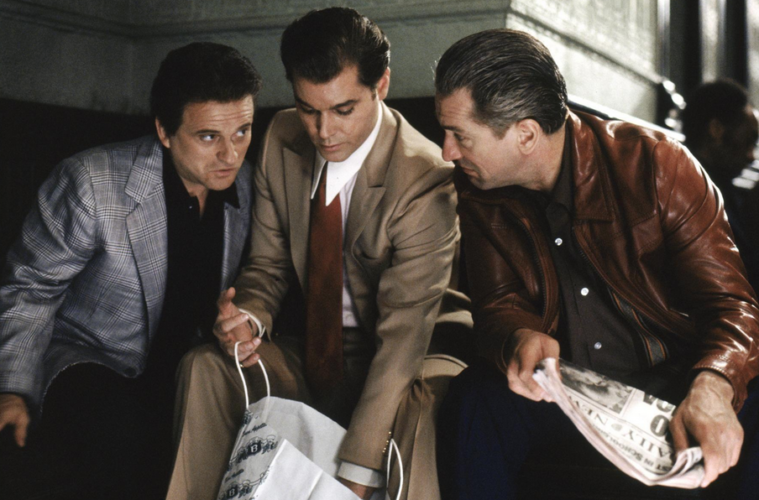
Dailies is a round-up of essential film writing, news bits, and other highlights from across the Internet. If you’d like to submit a piece for consideration, get in touch with us in the comments below or on Twitter at @TheFilmStage.
Robert Pattinson talks to Jamie Bell for Interview Magazine:
I first started coming here around 17, 18. I made Billy Elliot, and then I had to finish school, and then everything was moving along so quickly that by the time I came back, everyone had completely forgotten what I’d done or who I was. Obviously, I’d changed as well. I wasn’t 13 years old anymore. I was this adolescent, spotty kid, sitting in exec’s offices. It was like, “Who the fuck is this kid?” [laughs] “Why is he in my office?”
Watch an analysis of Goodfellas:
Cinephilia & Beyond on why Alfred Hitchcock’s first American film, Rebecca, was so ahead of its time:
Even though Alfred Hitchcock, discussing Rebecca with the great François Truffaut, labeled the film as “not a Hitchcock picture” due to its alleged lack of humor, it’s still by and large a truly Hitchcockian piece of art. The master’s first American film is an adaptation of Daphne du Maurier’s novel of the same name, which he made under the patronage of the independent producer David O. Selznick. Masterfully crafted, psychologically deep and nuanced and with excellent lead actors in the form of the charmingly reticent Joan Fontaine and the ever-so-solid Laurence Olivier, Rebecca is a mystery thriller truly ahead of its time. There are numerous entertaining information about the project that we might find peculiar: it’s one of the first movies to use voice-over narration, it’s a film that could be thought of as the peak of Selznick’s producing career, winning him a second Oscar in a row after Gone with the Wind, it’s the first of no less than six films that Hitchcock made with his most frequent collaborator, actor Leo G. Carroll.
After reading our extensive interview, watch a brief conversation with Joshua Oppenheimer for The Look of Silence:
One Plus One‘s Greg Scorzo on re-interpreting A Clockwork Orange:
44 years after its initial release, Stanley Kubrick’s A Clockwork Orange has the reputation of being a ground breaking, envelope-pushing hall mark of 20th century cinema. This reputation is well earned, as the film is (at the very least) one of the most beautifully constructed, complex, iconic, and controversial films of the 70’s. More astoundingly, the film retains its capacity to thrill, puzzle, and provoke audiences today. This is not so much because of the film’s explicit portrayal of sexual and non-sexual violence. Audiences have since become accustomed to such explicit imagery in mainstream thrillers. What still makes the film an intense and perplexing experience for viewers is its attitude towards the violence it presents to the viewer. This is particularly true of the violence presented to us in the first 30 minutes of the film. Throughout the 44 years since the release of the film, audiences have found the film’s attitude towards this violence to be a source of confusion. This explains part of the divergent amount of praise and hostility the film has received over the years.
Watch The Stanford Prison Experiment director Kyle Patrick Alvarez analyze a sequence from his film.
TIFF‘s Jason Anderson on late Jean-Luc Godard in six images:
Jarring, startling and brusque even when they are distinguished by a profound beauty, Jean-Luc Godard’s images possess a force that can seem decidedly unruly.
Nor are they easily parsed. When frames are scrutinized in isolation from the other 23 that famously constitute a single second of reality – at least according to one of his most quoted maxims – they can seem as hermetic as anything else in his oeuvre. Even the text-based elements that crop up so often in his later films – like Adieu au langage – should never be taken at face value. Instead, they contain multiple meanings, and multiple opportunities for misdirection.

